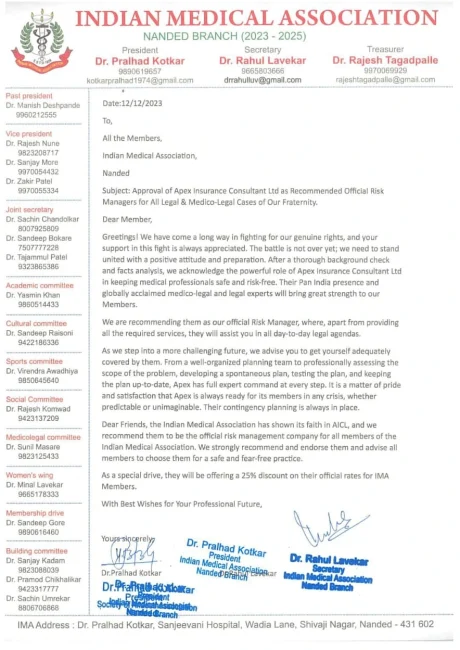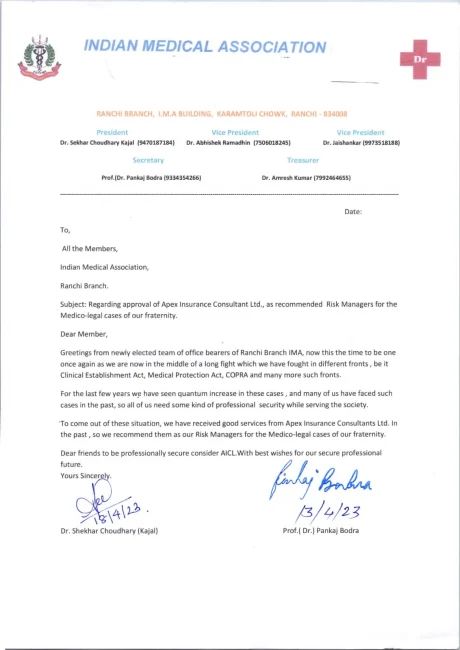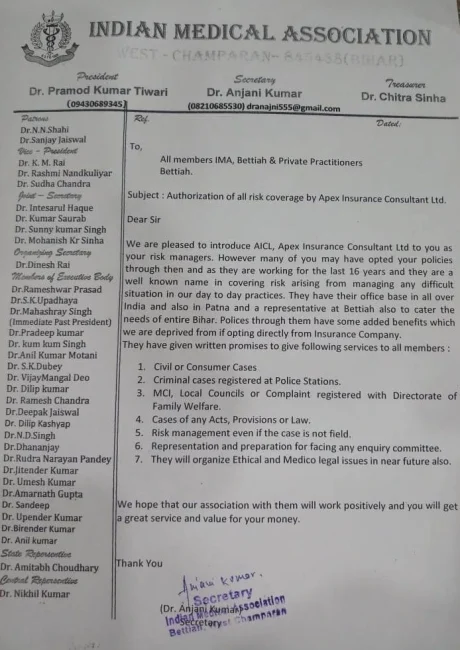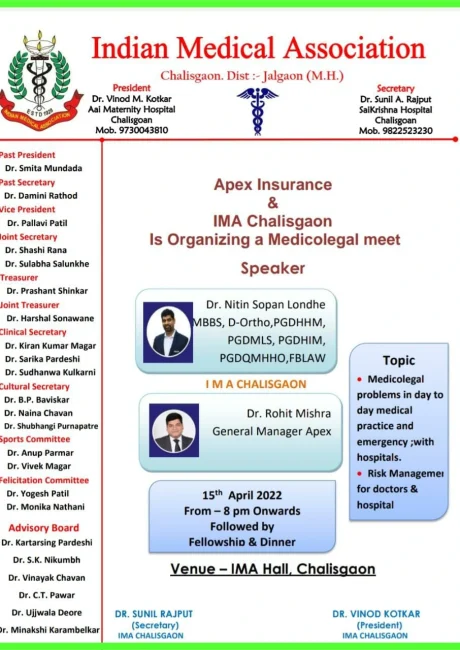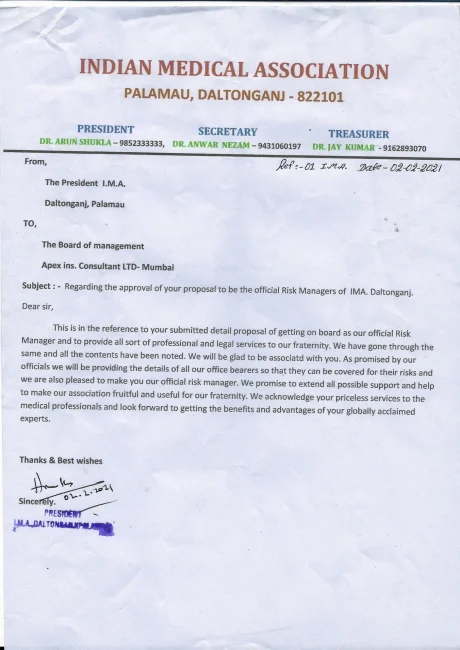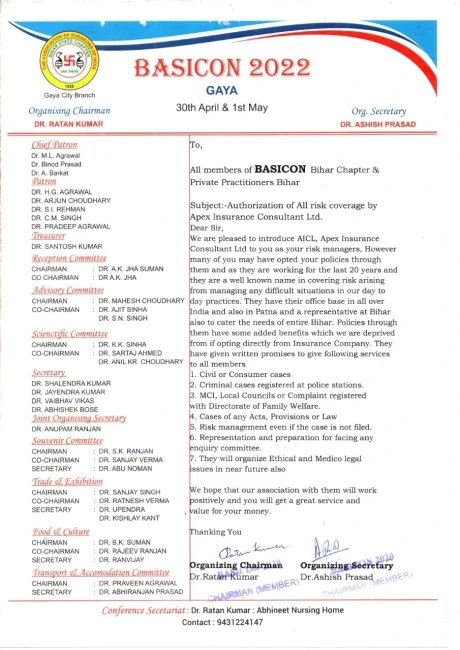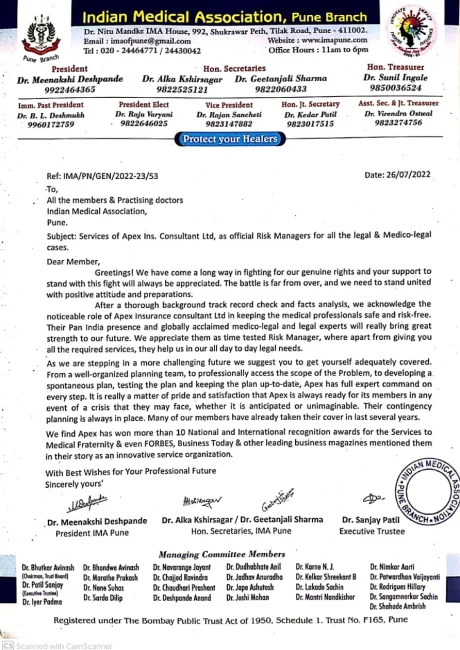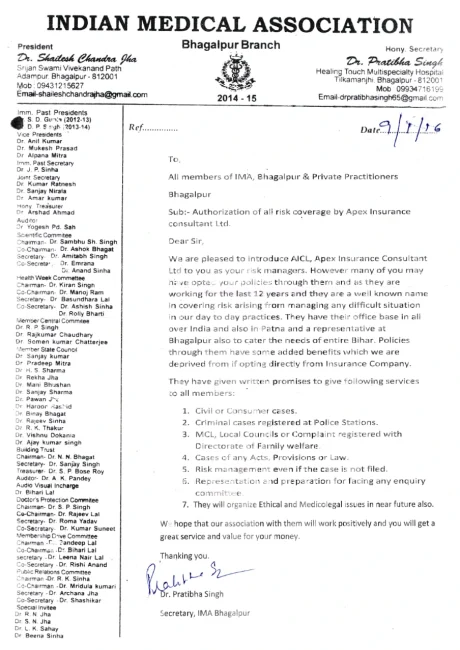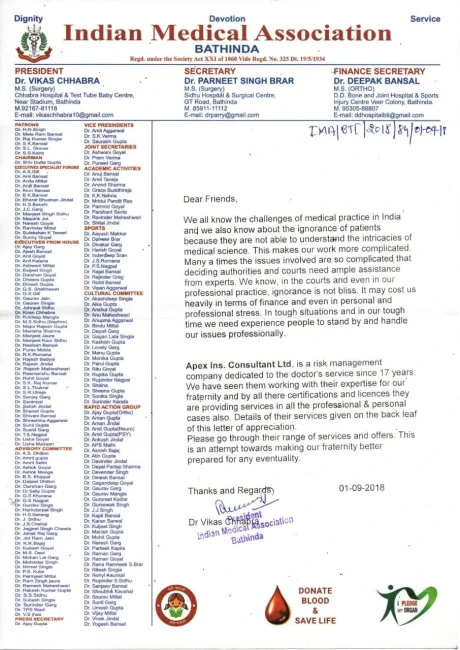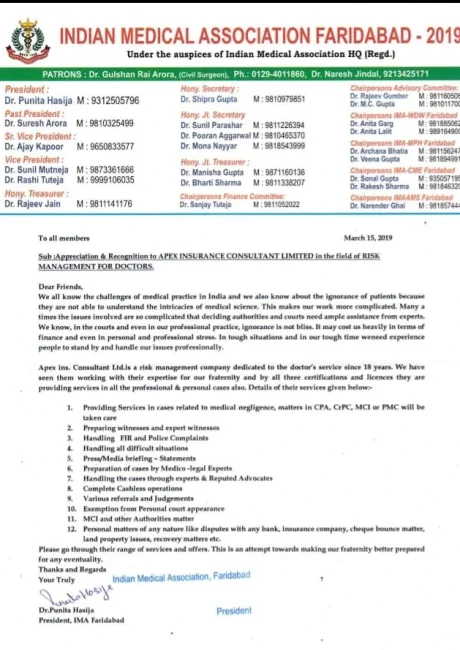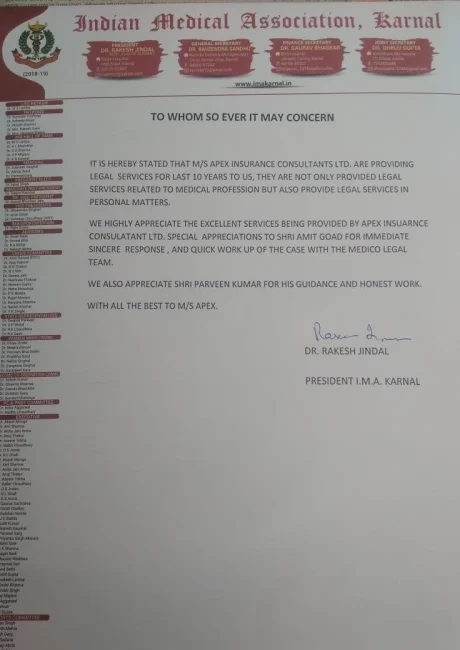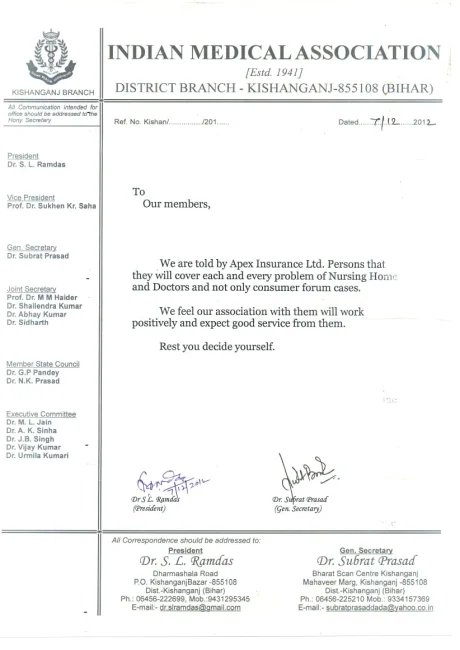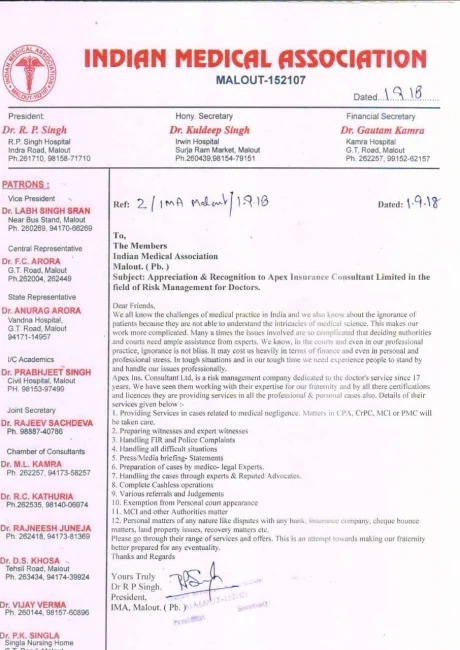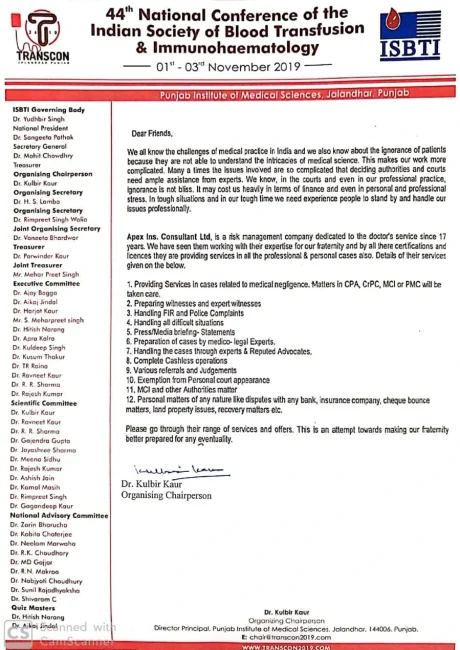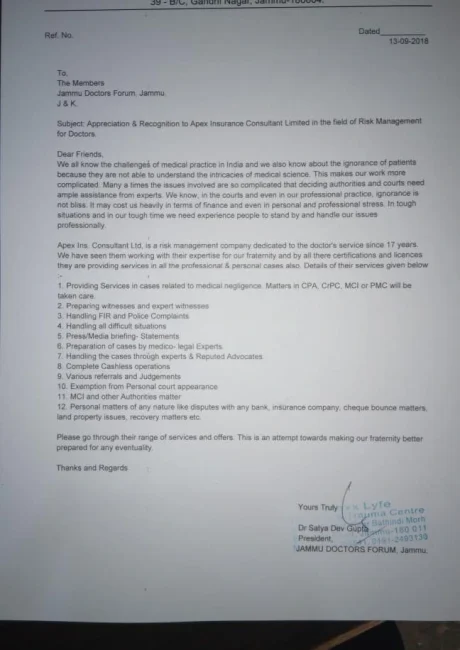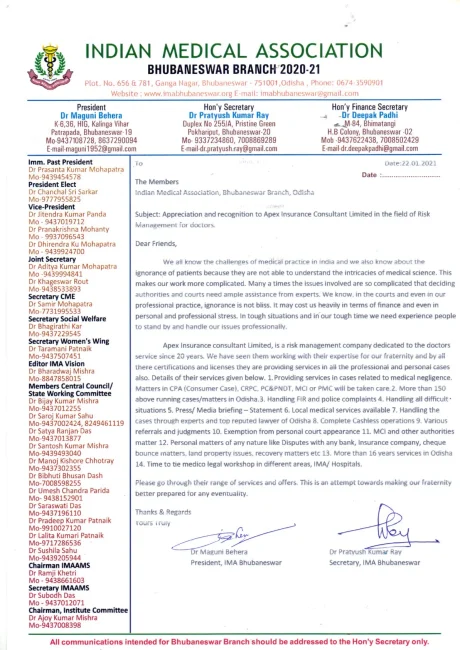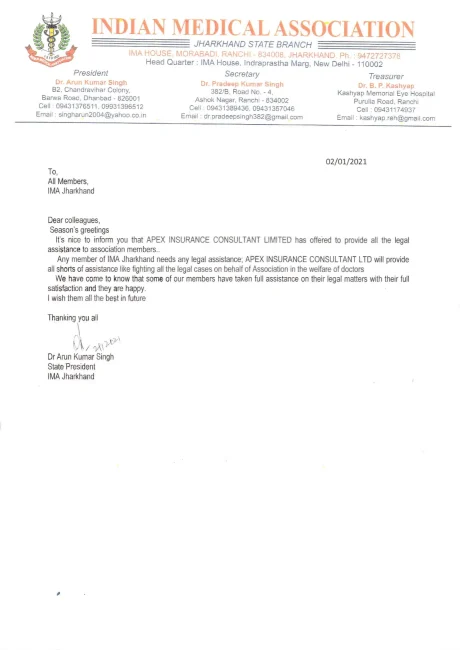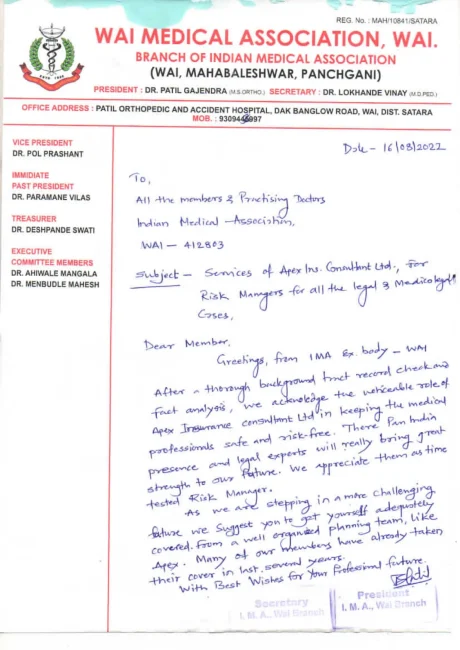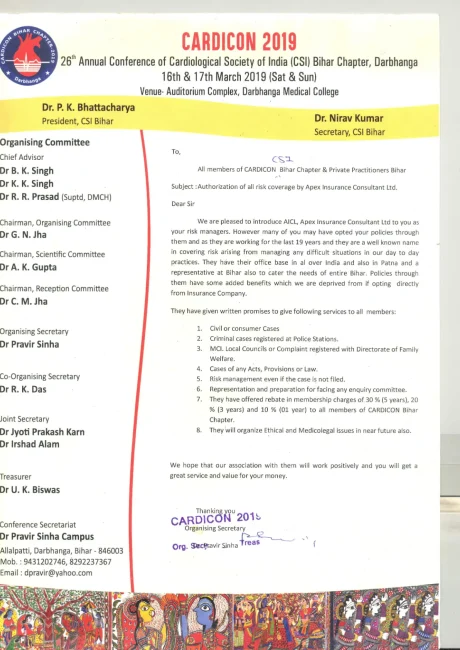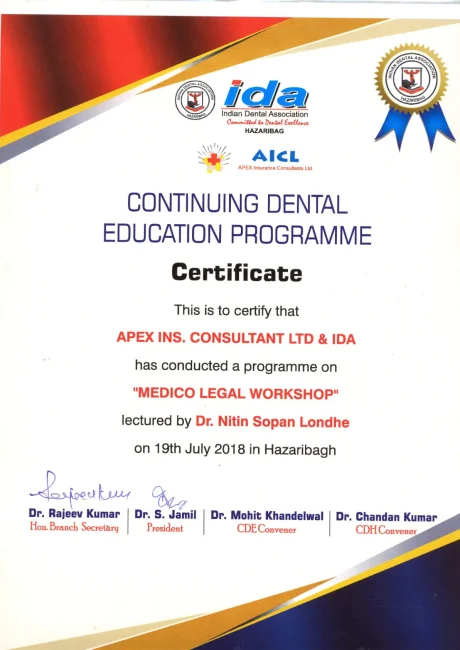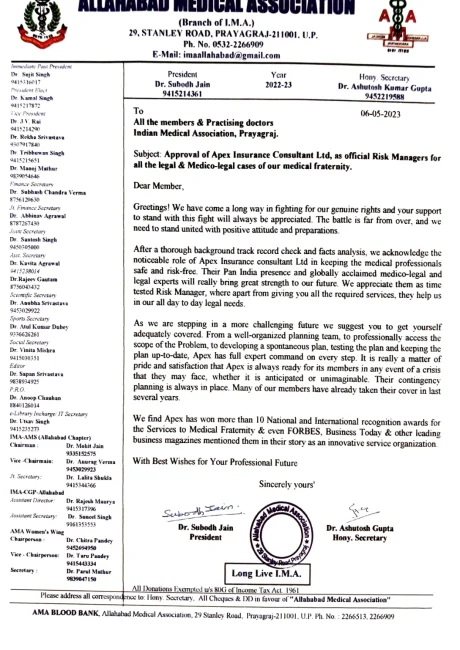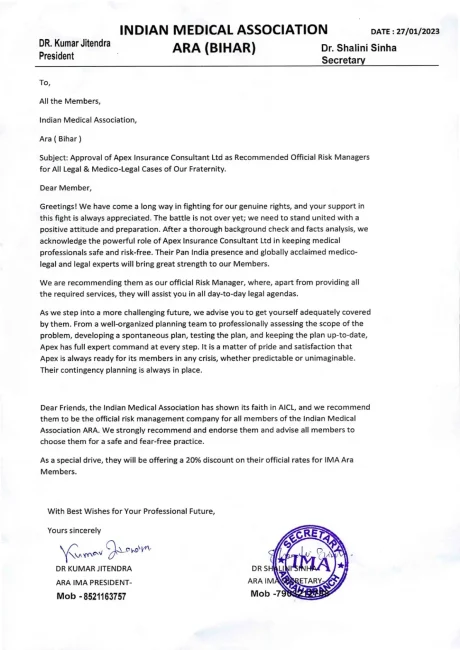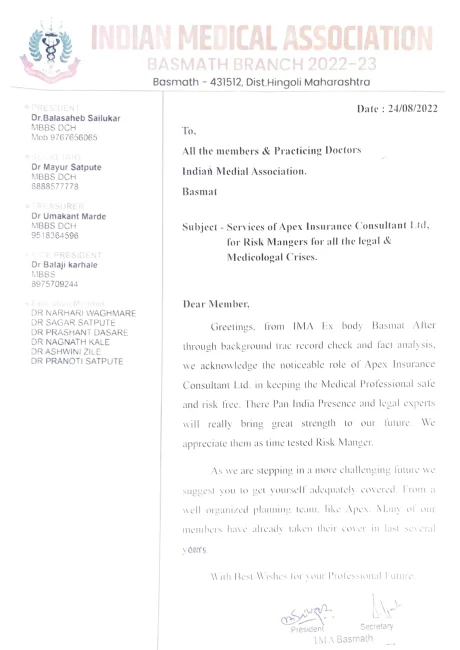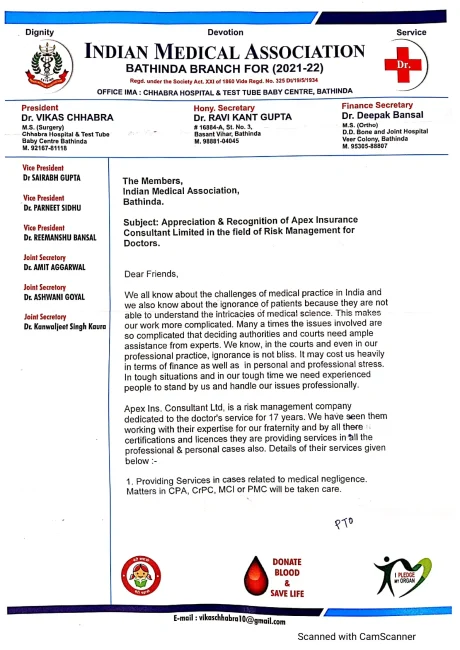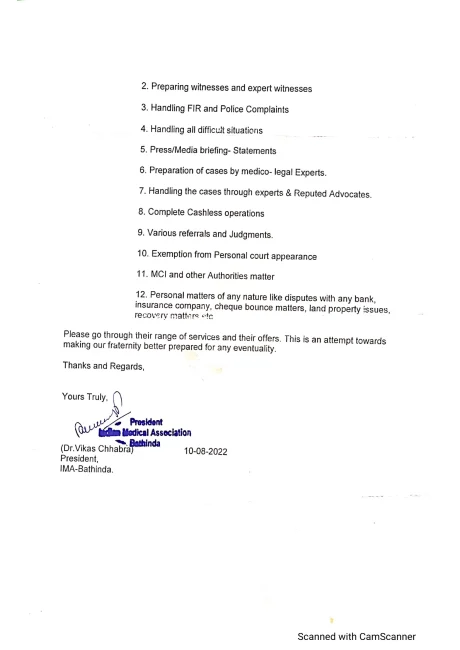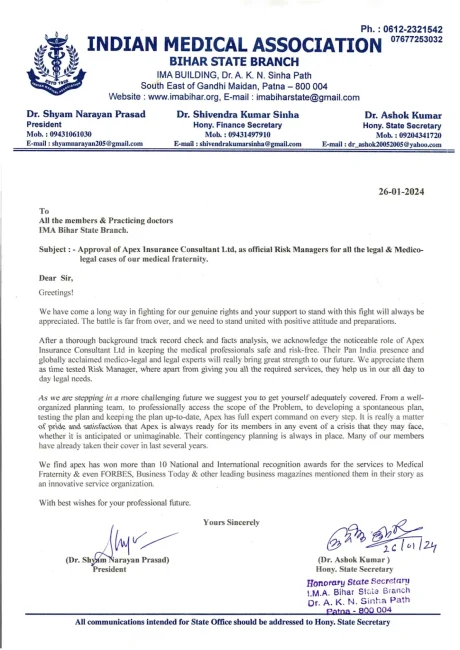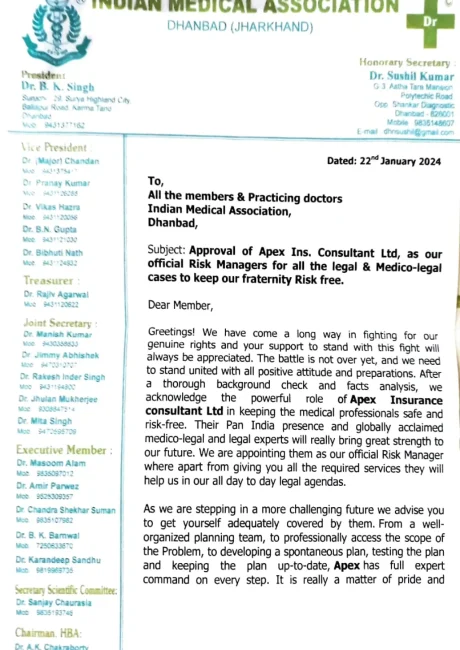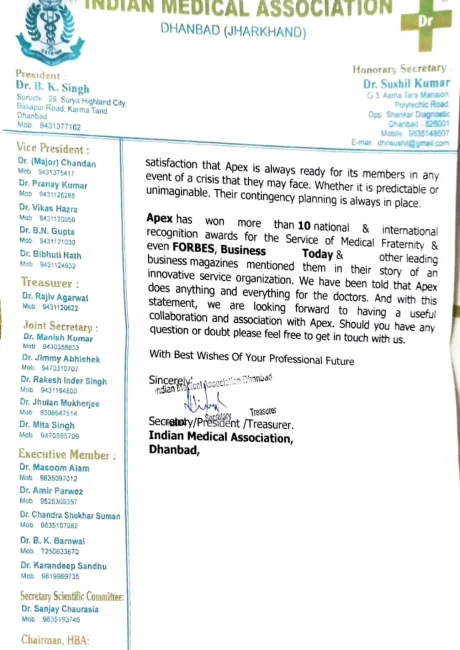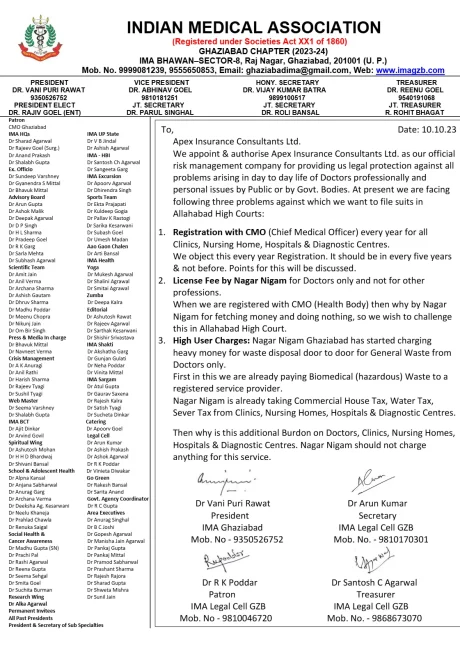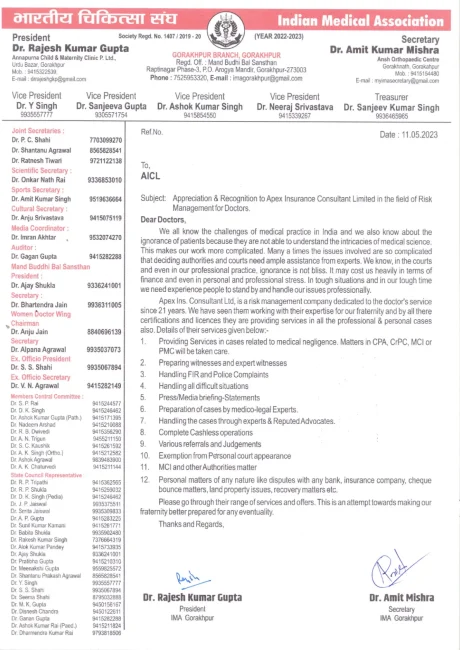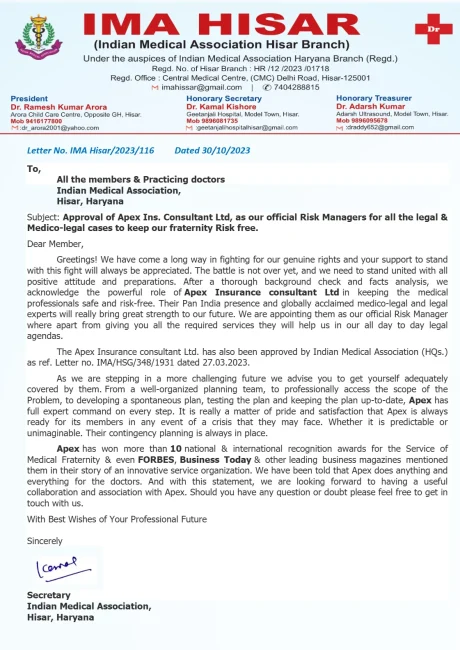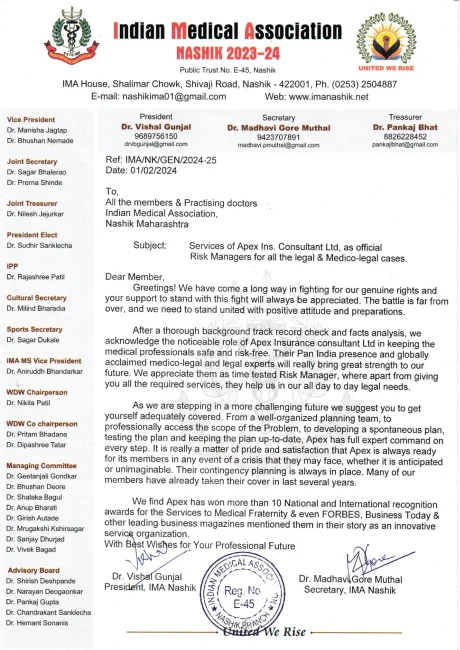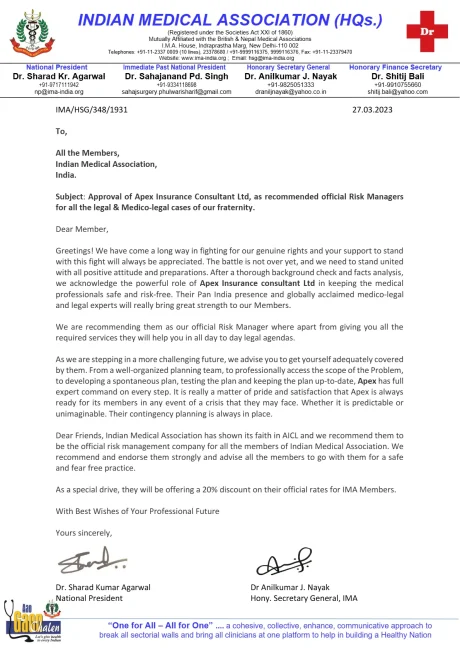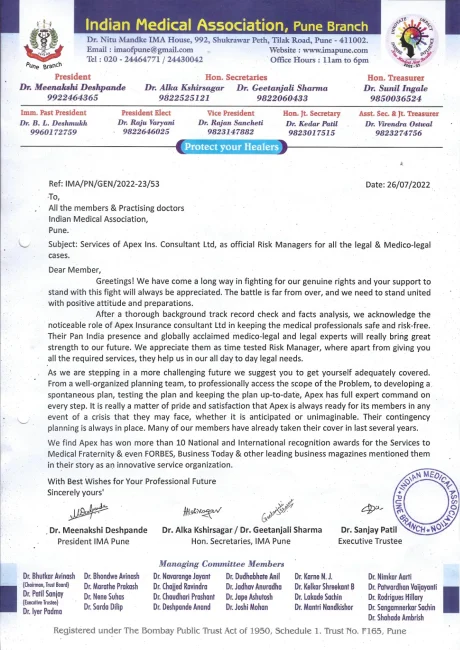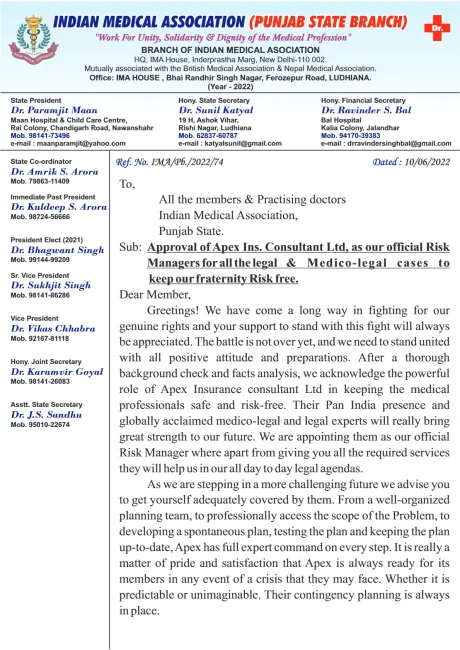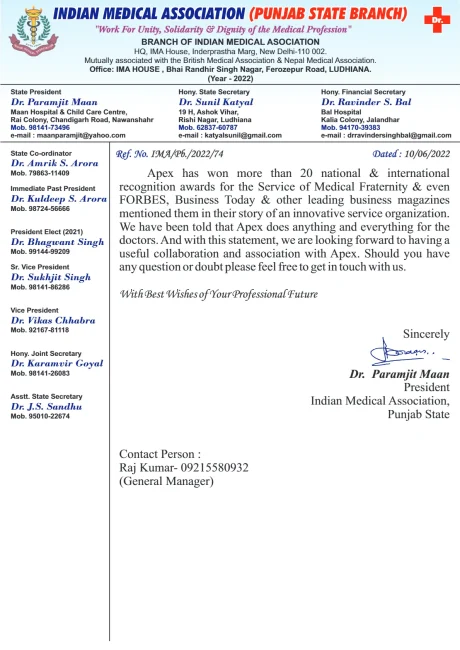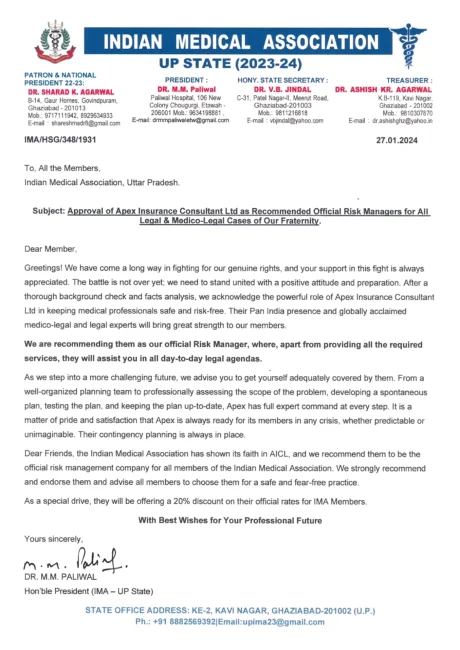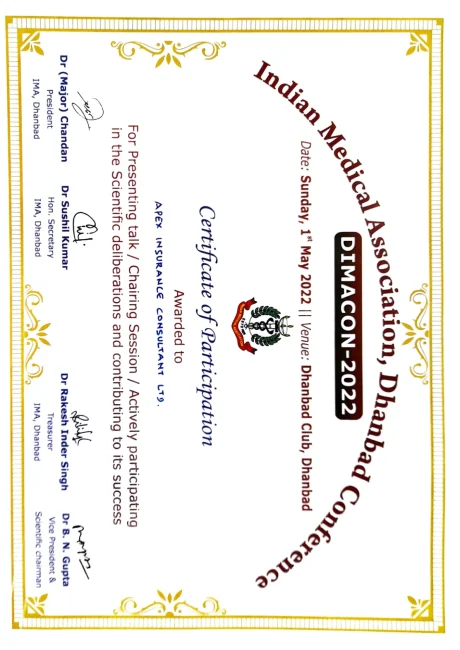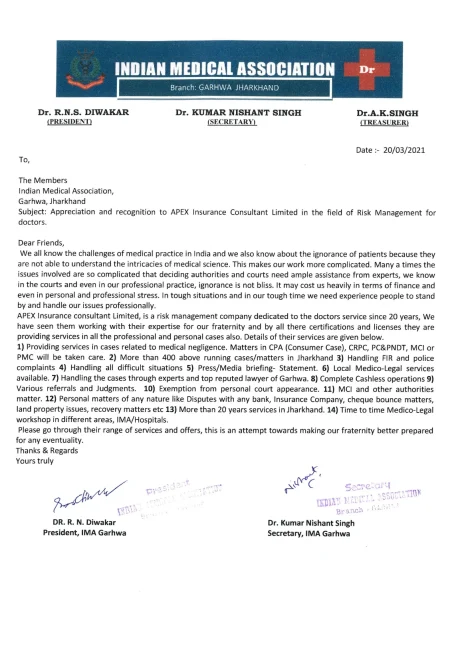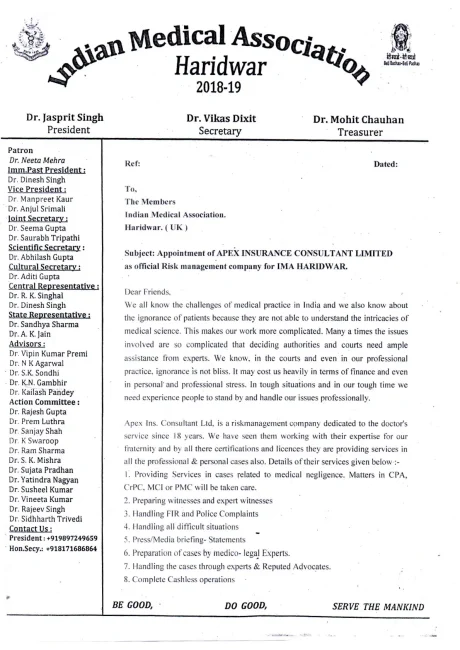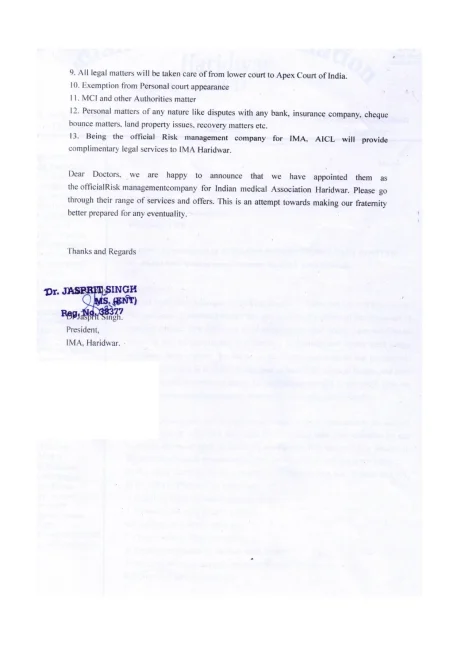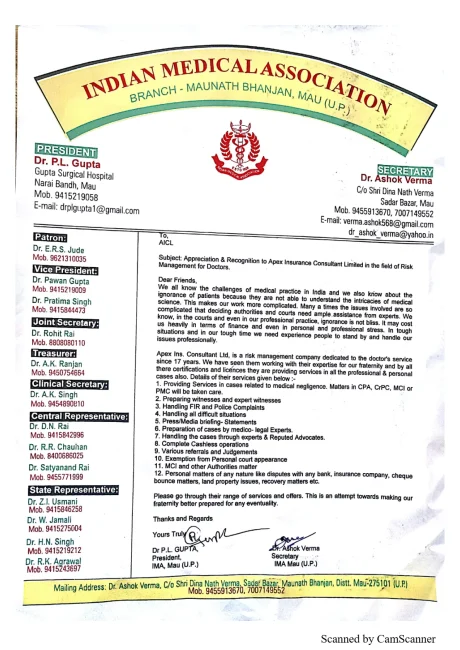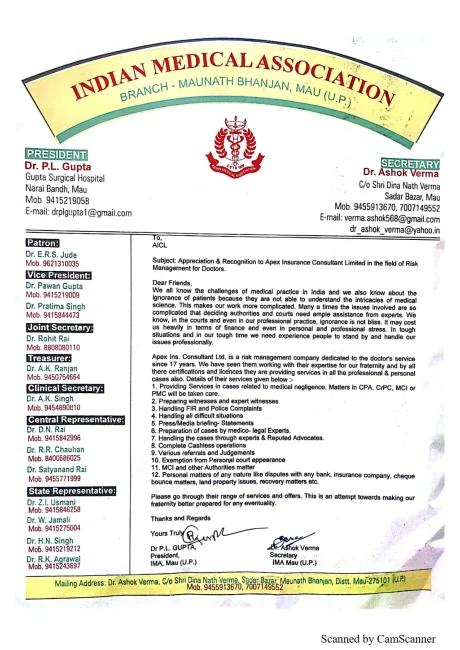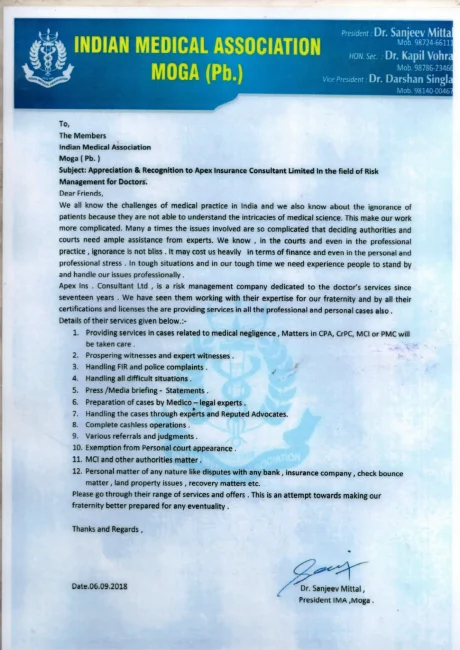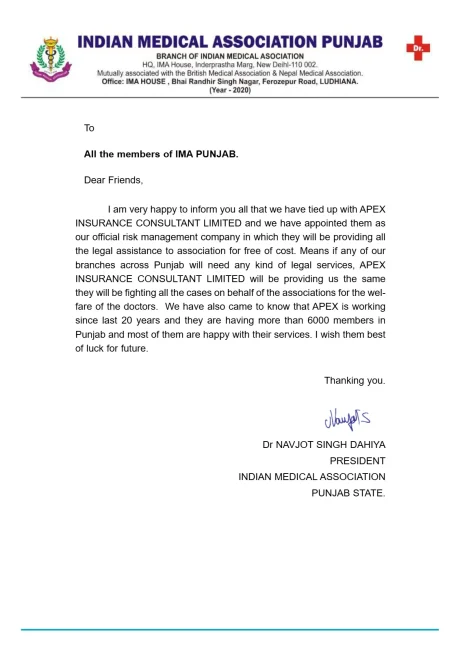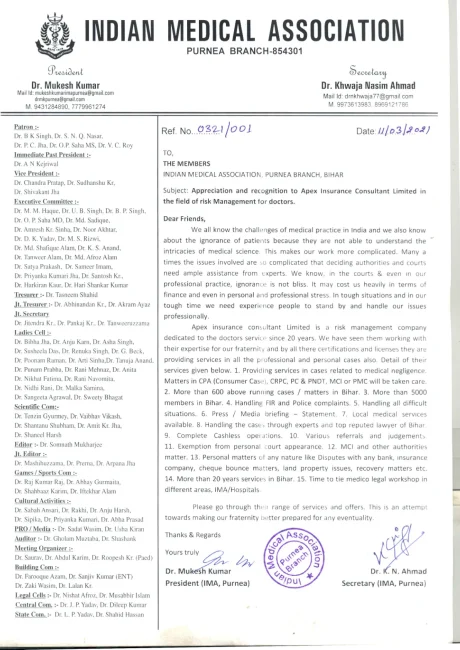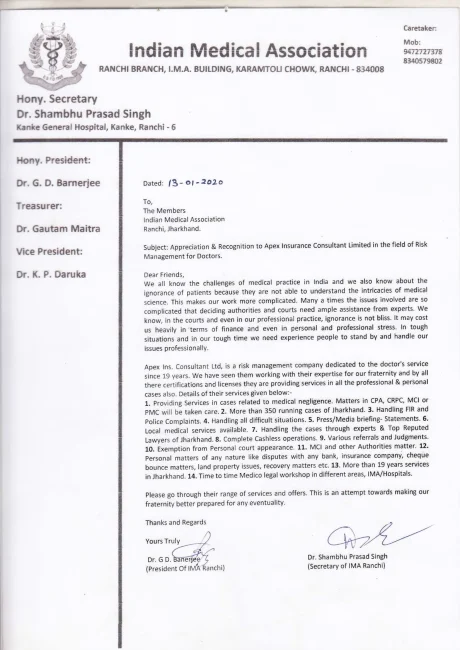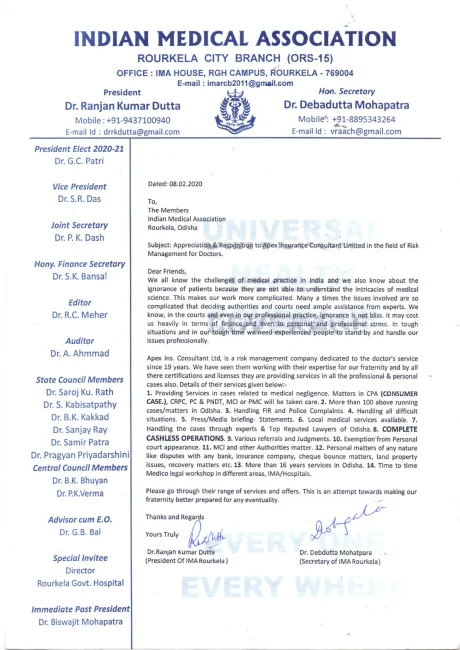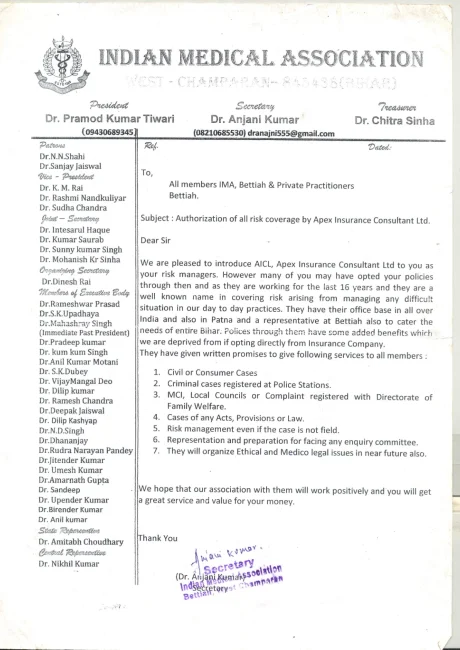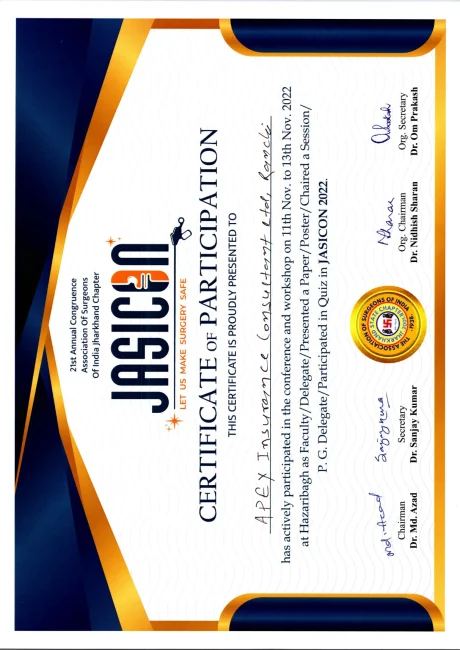By,
1. Dr. (Prof.) Mahesh Baldwa,
M.D, D.C.H, FIAP, MBA, LL.B, LL.M, PhD (law)
Senior Pediatrician & Medicolegal Advisor
Formerly Assistant Professor of Pediatrics at T.N. Medical College and Nair Hospital, Mumbai-8
Ex. Asst. Professor JJ Hosp, Grant Medical College
Ex. Professor, paper setter & examiner of law to postgraduate students of University Department of Law, University of Mumbai
Baldwa Om Hospital, Sumer Nagar, S.V. Road, Borivali (West) Mumbai 400 092
2. Dr. Sushila Baldwa, MBBS, MD Consultant, Baldwa Om Hospital, Borivali West, Mumbai
3. Dr Namita Padvi, MBBS, MD, DNB, PGDML, Emirates Hospital Dubai
4. Dr Varsha Baldwa, MBBS, MD, PGDML, Government Medical College, Kota, Rajasthan
Salient features of the National Medical Commission Bill, 2017
National Medical Commission, the proposed bill is successor of the MCI. The National Medical Commission Bill, 2017 was introduced by the Minister of Health and Family Welfare, Mr. J. P. Nadda in Lok Sabha on December 29, 2017. The Bill seeks to repeal the Indian Medical Council Act, 1956 and provide for a medical education system which ensures:
- availability of adequate and high quality medical professionals,
- adoption of the latest medical research by medical professionals,
- Periodic assessment of medical institutions
- an effective grievance redressal mechanism.
Key features of the Bill include:
- Constitution of the National Medical Commission:
- The Bill sets up the National Medical Commission (NMC). Within three years of the passage of the Bill, state governments will establish State Medical Councils at the state level. The NMC will consist of 25 members, appointed by the central government. A Search Committee will recommend names to the central government for the post of Chairperson, and the part time members. These posts will have a maximum term of four years. The Search Committee will consist of seven members including the Cabinet Secretary and three experts nominated by the central government (of which two will have experience in the medical field).
- Members of the NMC will include:
- the Chairperson
- the President of the Under-Graduate Medical Education Board, (iii) the President of the Post-Graduate Medical Education Board,
- the Director General of Health Services, Directorate General of Health Services,
- the Director General, Indian Council of Medical Research, and (vi) five members (part-time) to be elected by the registered medical practitioners from amongst themselves from the prescribed regional constituencies under the Bill.
- Functions of the National Medical Commission:
- framing policies for regulating medical institutions and medical professionals,
- assessing the requirements of healthcare related human resources and infrastructure,
- ensuring compliance by the State Medical Councils of the regulations made under the Bill,
- framing guidelines for determination of fees for up to 40% of the seats in the private medical institutions and deemed universities which are regulated as per the Bill.
- Medical Advisory Council: Under the Bill, the central government will constitute a Medical Advisory Council. The Council will be the primary platform through which the states/union territories can put forth their views and concerns before the NMC. Further, the Council will advise the NMC on measures to enable equitable access to medical education.
- Autonomous boards:
The Bill sets up certain autonomous boards under the supervision of the NMC. Each autonomous board will consist of a President and two members, appointed by the central government.
These boards are:
- The Under-Graduate Medical Education Board (UGMEB) and the Post-Graduate Medical Education Board (PGMEB): These Boards will be responsible for formulating standards, curriculum, guidelines, and granting recognition to medical qualifications at the undergraduate and post graduate levels respectively,
- The Medical Assessment and Rating Board (MARB): The MARB will have the power to levy monetary penalties on medical institutions which fail to maintain the minimum standards as laid down by the UGMEB and the PGMEB. The MARB will also grant permission for establishing a new medical college, and
- The Ethics and Medical Registration Board: This Board will maintain a National Register of all licensed medical practitioners, and regulate professional conduct. Only those included in the Register will be allowed to practice medicine.
- Entrance examinations:
- There will be a uniform National Eligibility-cum-Entrance Test for admission to under-graduate medical education in all medical institutions regulated by the Bill. The NMC will specify the manner of conducting common counselling for admission in all such medical institutions.
- There will be a National Licentiate Examination for the students graduating from medical institutions to obtain the license for practice. The National Licentiate Examination will also serve as the basis for admission into post-graduate courses at medical institutions.
Concerns about the proposed bill:
The Bill allows practitioners of Ayurveda and other traditional Indian systems of medicine the license to prescribe allopathic drugs after they have passed a ‘bridge course.’
According to the Bill, the Ethics and Medical Registration (EMR) Board shall maintain a separate National Register –Including the names of licensed AYUSH practitioners.
The names of BAMS (Bachelor of Ayurveda Medicine and Surgery) and BHMS (Bachelor of Homeopathic Medicine and Surgery) graduates are already registered with their respective councils.
One of the clauses of the Bill calls for a joint sitting of the National Medical Commission, the Central Council of Homoeopathy, and the Central Council of Indian Medicine at least once a year “to enhance the interface between homoeopathy, Indian Systems of Medicine and modern systems of medicine”.
The government could empower existing doctors before integrating alternative-medicine practitioners into modern medicine. Notably, MCI regulations prevent even experienced MBBS doctors from carrying out procedures like caesarians and ultrasound tests. Also, nurses are barred from administering anesthesia. An alternative would be to have a three-year diploma for rural medical-care providers. Graduates from such diploma courses could be allowed to provide basic care in under-served regions, to meet out the shortfall of healthcare practitioners.
Over-centralization
The over centralization of the NMC and the near control over it by the central government, ranging from appointing all the 77 members for the various bodies; being the appellate for a variety of routine technical matters rejected by the autonomous bodies and the whole NMC such as, granting permission to set up colleges; granting exemptions to criteria; approving courses; setting aside any punishment against a doctor found negligent; allowing doctors trained abroad to do surgery and practice without having to go through any screening or taking the licentiate examination; recognizing degrees and qualifications; and finally having powers to issue directions to state governments and the NMC to comply with any orders it seeks to issue, not to speak of setting the Commission itself aside.
Cross pathy
In view of the shortage of qualified doctors, the urgency to address the primary health needs of the communities and public health that are now largely being provided by unqualified quacks, the government has, since 2010, been requesting the MCI to institute new cadres of public health personnel along the lines of the LMP’s (Licentiate in Medical Practice) during the British days that worked very well.
Instead of mandating the board related to undergraduate education and the NMC to consider such options, keeping in view the current realities prevailing in the country, the Act has introduced a system under which the Commission and the heads of the councils of Ayush can, by a simple voice vote of those present, design bridge courses legalizing Ayush practitioners to prescribe allopathy medicines. At all levels – primary level to post graduate. Such cross pathy then endangers the credibility of all the systems of medicine and has been severely opposed.
NEET
One bold reform pertains to the National Eligibility Entrance Test (NEET), about which much has already been said, and the National Licentiate Examination that all students have to take for getting the license to practice and also pursue postgraduate education. This is a laudable idea as it will enable standardizing the competence levels of the “Indian Doctor”. Currently, the variance between the training and competencies in different colleges and regions is astoundingly wide. So such a reform was sorely required. Yet, there is apprehension that in the absence of standardization of the quality of instruction in the country, it may widen disparities and become inequitable.
With a sizeable number of medical colleges with fake faculty or hopeless infrastructure, the quality of teaching is highly varied resulting in hurting students from backward states, poorer families and rural areas. But of greater importance is the fate of the students who study in accredited colleges, pass approved courses and examination systems and are found fit to practice by the university, but fail in the multiple-choice question (MCQ) examination. What happens to them if they cannot afford private tuition to prepare for the licentiate examination?
Fees
Finally, the issue of fees. Assuming that, an investment of Rs.400 crores is required to set up a medical college and with a view to attract investment, the Bill permits 60% of seats to be open for managements with unfettered freedom to charge any quantum of fees in order to recoup the investment. This logic is highly debatable. It is apprehended that this will increase rent seeking, corruption and reserve medical education only for the rich and well off.
The NMC has several such worrying features, not to mention the near absence of penalties, barring monetary fines, to deter wrong doing or providing grievance redressal for harassed patients. One cannot but get away with the impression that the long-term implications have not been adequately debated. The manner in which it has been formulated gives room for apprehensions and contention. If an acceptable closure to the revamping of the system of medical education comes through, government will indeed get the much-deserved credit.
The bill is sent to select committee for examining issue of curtailing Autonomy and monopoly of allopathy and similar other concerns:
Therefore, there is nationwide opposition to the proposed National Medical Commission (NMC) Bill 2017. Hence Lok Sabha has sent it to the Parliamentary standing committee on health for need to seriously rethink about provisions to diluteAutonomy and monopoly of allopathy.

